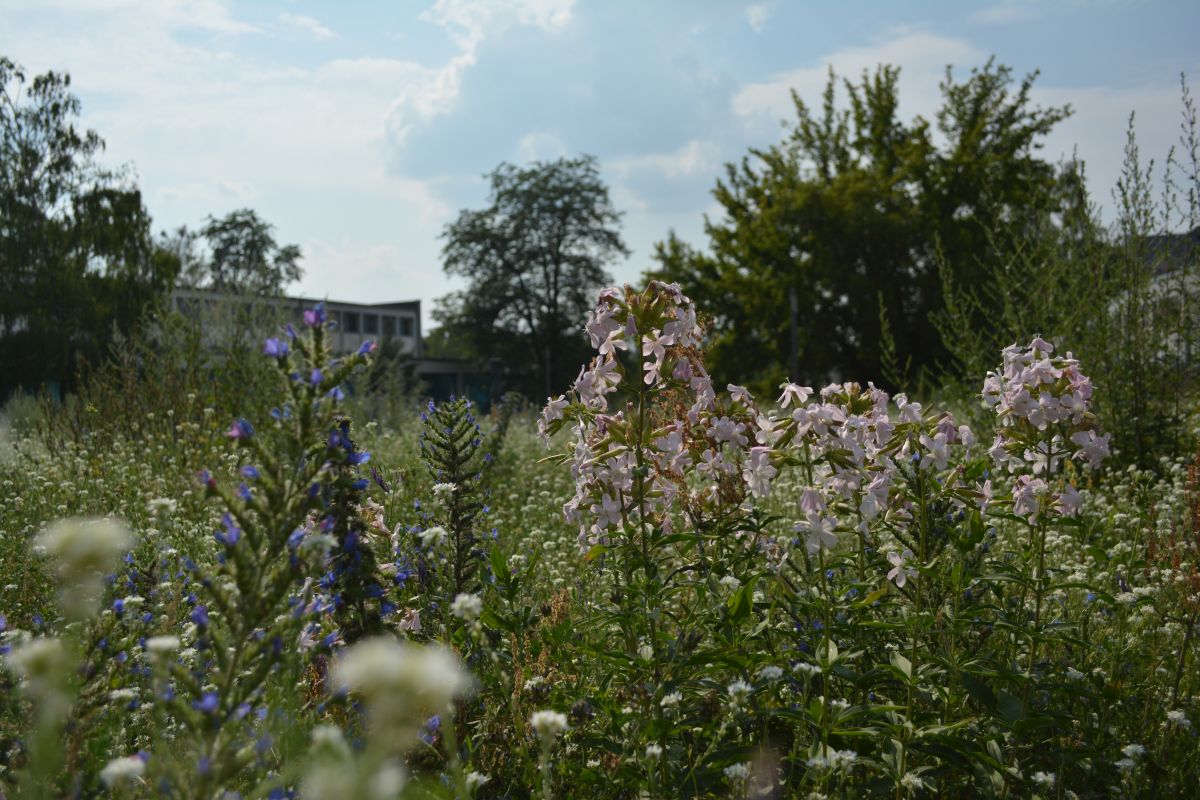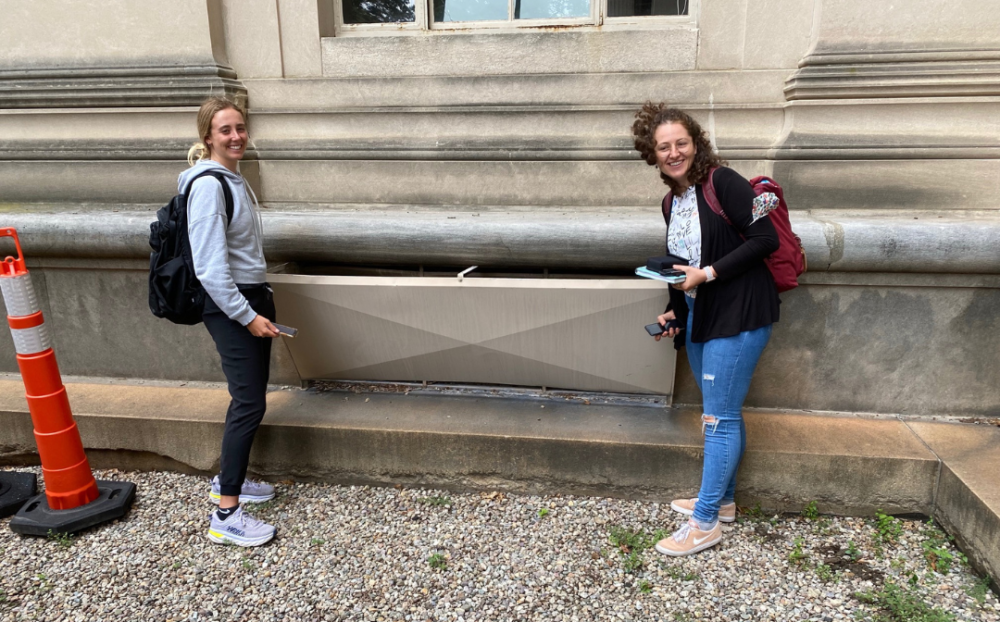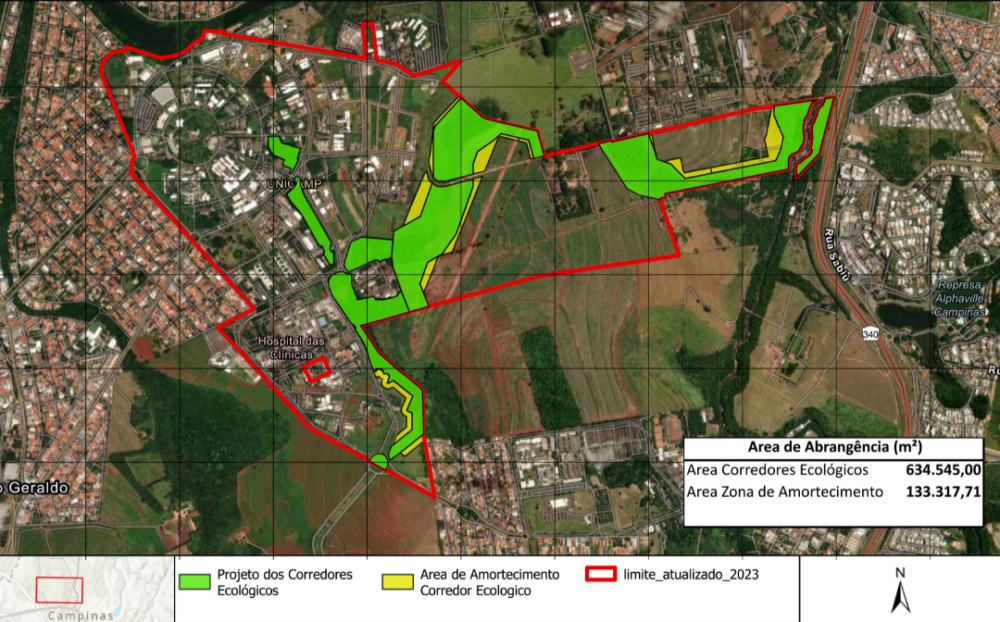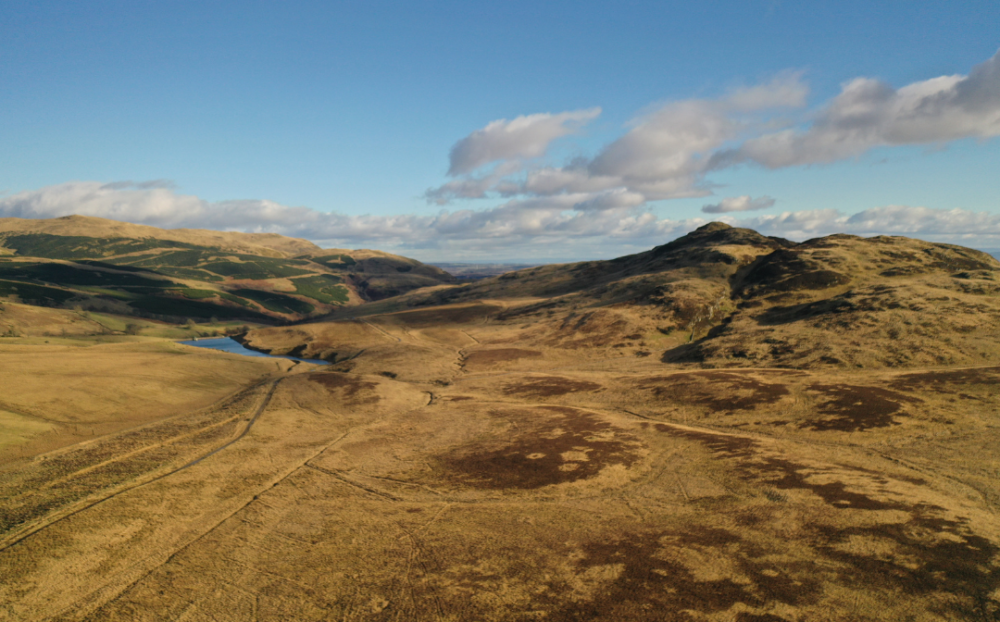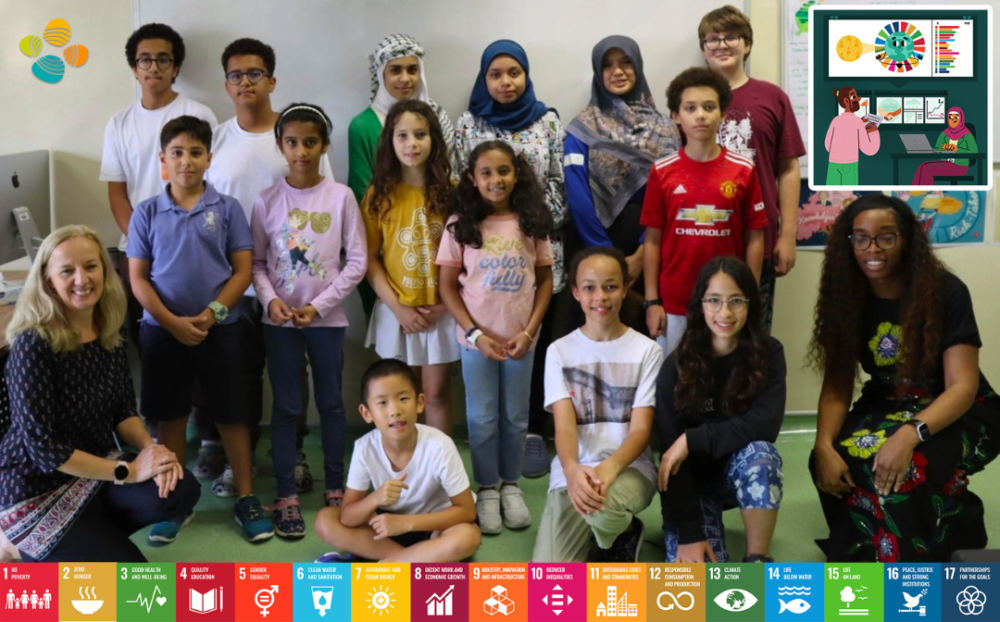2024 Honourable Mention: The University of Sydney
Integrated Scope 3 and Nature Footprint Across the Supply Chain
Legislation is increasingly requiring organizations account for their climate- and other sustainability impacts, in line with new global standards such as those of the International Sustainability Standards Board (ISSB) and the Taskforce on Nature-related Financial Disclosures (TNFD). Universities are attempting to meet these requirements but many find it difficult and piecemeal. The University of Sydney has carried out a footprint calculating its scope-3 emissions and nature impacts holistically, incorporating the entire supply chain, using input-output (IO) analysis, which is governed by United Nations standards.
The pilot footprint was led by PhD candidate with the Integrated Sustainability Analysis (ISA) group in the School of Physics Vivienne Reiner. The supply-chain analysis builds on a carbon footprint of the University and adds water- and land-use indicators from the GLORIA database that ISA initially built for the United Nations and which underpins the UN’s open-access Sustainable Consumption and Production Hotspot Analysis Tool (SCP-HAT).
“To my knowledge, this is the first time that a university has applied IO analysis to the broad categories of the Greenhouse Gas Protocol, while measuring in an integrated way against biodiversity-related indicators,” Ms Reiner said.
Alignment with the Greenhouse Gas Protocol is required by the ISSB’s Climate-related Disclosures IFRS S2. Scope-3 and sustainability reporting was a topic of numerous presentations at the 2024 ISCN Conference, including the University of Sydney session on integrated and comprehensive climate and nature reporting that also enables supply-chain analysis to a high degree of resolution.
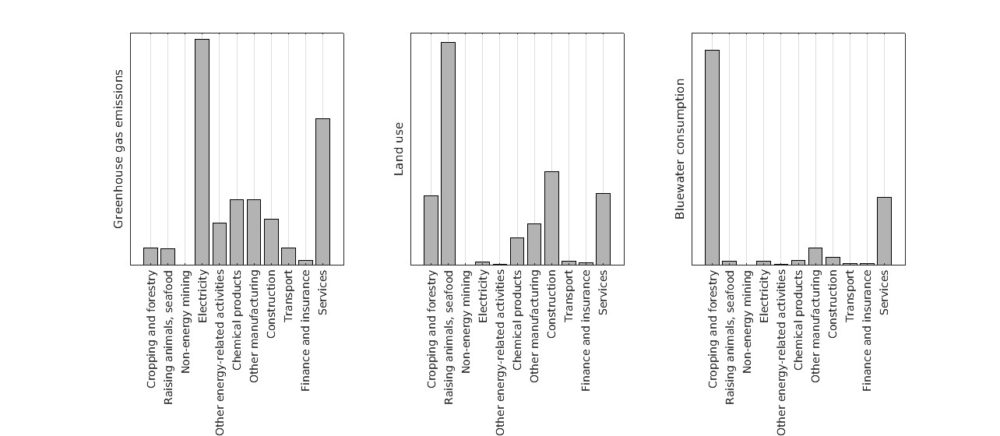
Through considering different indicators and measuring impact intensities attached to one underlying economic database, the University of Sydney is tackling the climate and biodiversity crises holistically, to avoid unintended consequences. To trace supply-chain effects, IO analysis is based on input-output tables from countries’ statistical agencies as well as international trade data such as from UNComtrade. For this pilot, in addition to greenhouse gas (GHG) emissions, the University selected land use and bluewater consumption indicators, but in future may add other biodiversity-related indicators such as particulate matter, air pollution and sulpher and nitrogen emissions.
The analysis offers the opportunity for a step-change in the University’s approach to sustainability, by identifying hotspots throughout the value chain for prioritisation, rather than simply focusing on direct impacts on campus and ‘talking to suppliers’ 1-2 layers back. Like peeling back the layers of an onion, the analysis shows how far back in the supply chain one must look, in addition to identifying the most impactful supply chains.
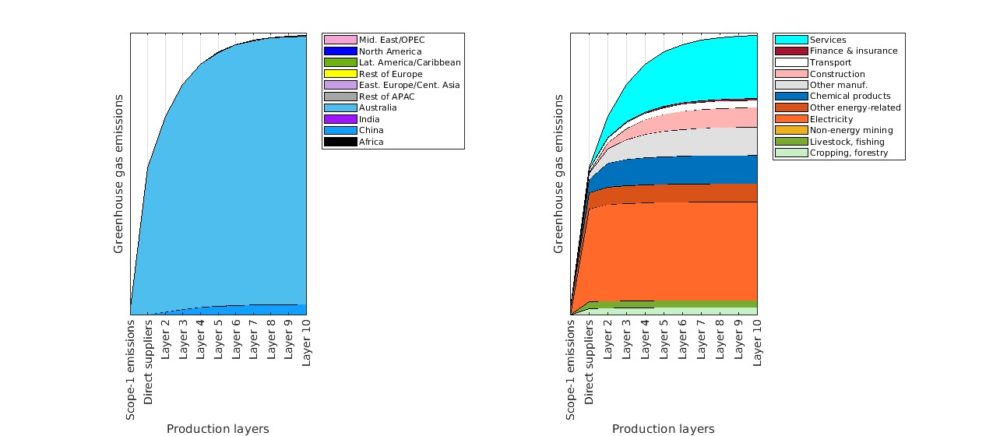
Phase II not completed at the time of these Awards, is a novel extension of this IO analysis downstream, satisfying the GHG Protocol’s requirements for upstream and downstream emissions calculations, in a comprehensive manner.
2024 Award Winner: Freie Universität Berlin
The Blooming Campus - a university initiative connects people for more biodiversity
The initiative began as a protest action against the regular mowing of the meadows in front of the Institute of Biology and has grown into a project that brings together a wide range of stakeholders inside and outside the university. Actions for more biodiversity, but also research, teaching and public relations, as well as community gardening and ecological monitoring play an important role. As a living lab, the project also includes research on health promotion through biodiverse working and study environments as well as promoting acceptance through art. Within five years, the initiative has not only grown in terms of members and topics, but has also become increasingly institutionalised. With a dedicated position for biodiversity management and a biodiversity strategy, the project is to be permanently established in the university's structures.
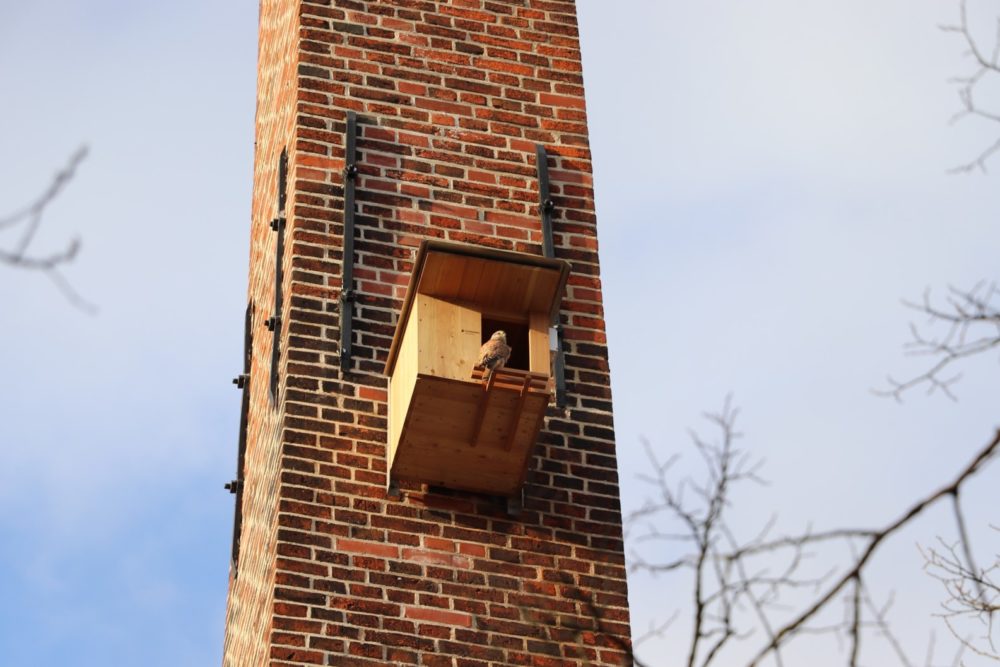
10 hectares of green spaces, which were previously mowed up to 9 times a year, are now mowed at staggered intervals and only once or twice a year. Various nesting aids for wild bees, songbirds and a kestrel nesting box equipped with a camera have been installed. A community garden has been created that combines various actions to promote biodiversity in a small area, such as dead wood, ponds and compost, which provide habitats for multiple organisms. Together with the other sustainability initiatives, the garden is also used as a gathering and learning place.
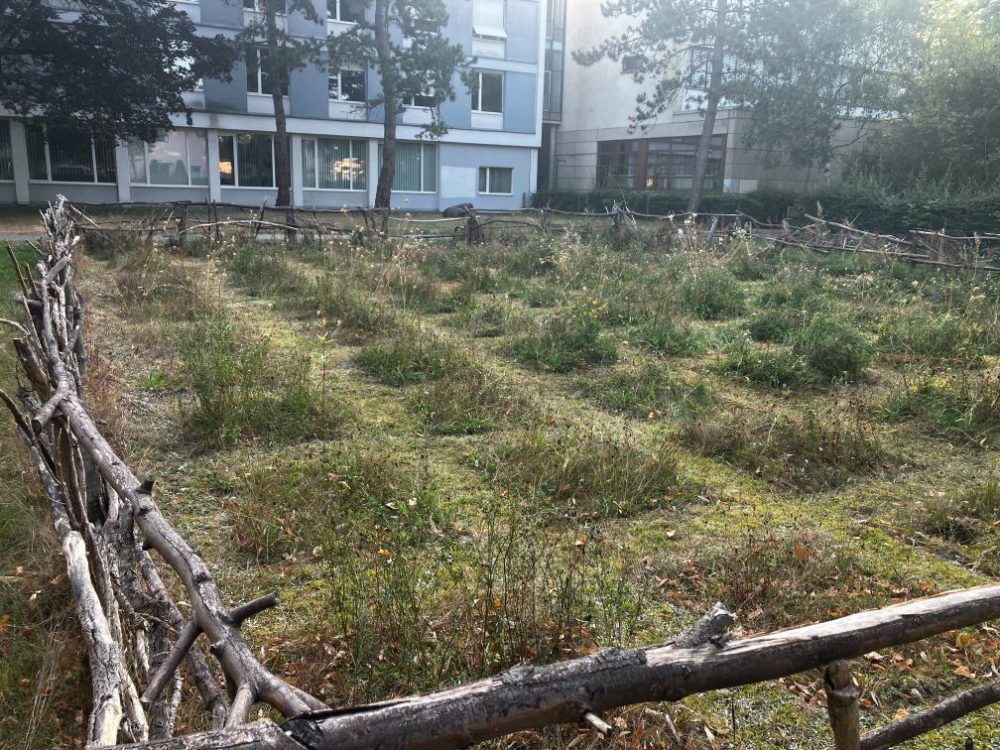
The initiative's researchers are investigating the areas according to insect and plant diversity, soil quality, and human wellbeing - an initial study has already been published and others are in progress. The research data is collected in cooperation with volunteers, students on courses and the university administration. The diverse projects also find their way into teaching - for example, the first interdisciplinary course on campus nature was held in the summer semester of 2024. Bachelor and master thesis have been written on the Blooming Campus in fields such as ethnography, educational science and biology. Bringing together the diversity of all organisms, but also people, our skills and areas of knowledge is the innovative strength of the initiative.
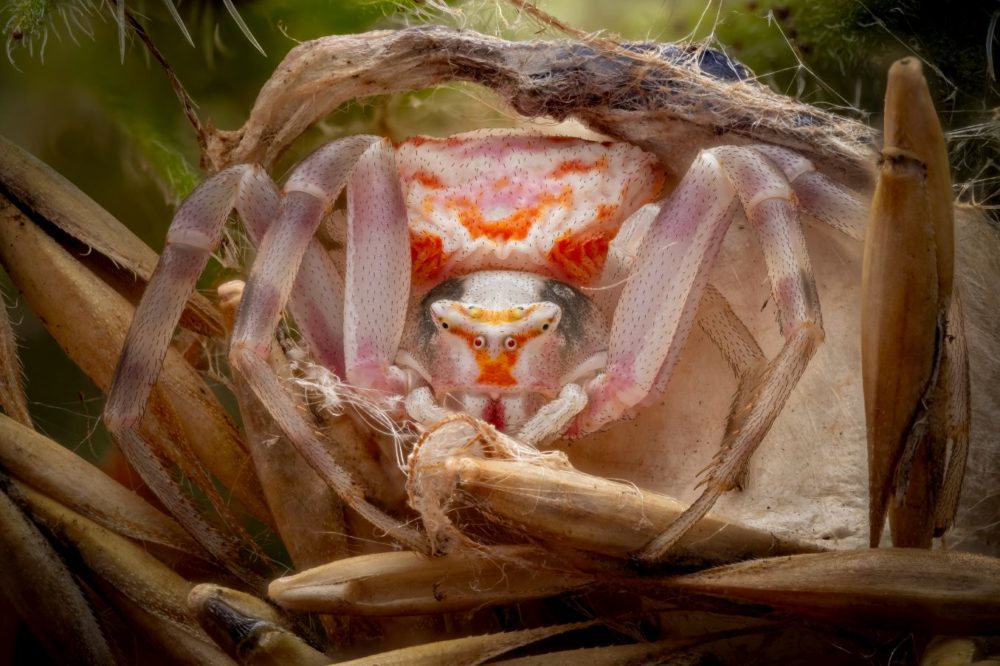
The Blooming Campus Initiative cooperates with the district and the city of Berlin as well as with other local institutions. It includes the University in a network of Berlin’s nature conservationists, a Germany wide network of university biodiversity initiatives, and international networks such as ISCN and NPU. Scaling up biodiversity projects is especially important from the perspective of animals – our borders between backyards or institutions can harm them by fragmentation of their habitat. In cities, habitat loss and fragmentation are common factors of global change. Supporting and connecting biodiversity projects is therefore an important part of the initiative’s work. Especially after winning the Berlin price of Nature Conservation, the Blooming Campus initiative gained a lot of attention and is asked for advice regularly. For further spreading of knowledge and ideas, public relations projects for children and adults have been developed.
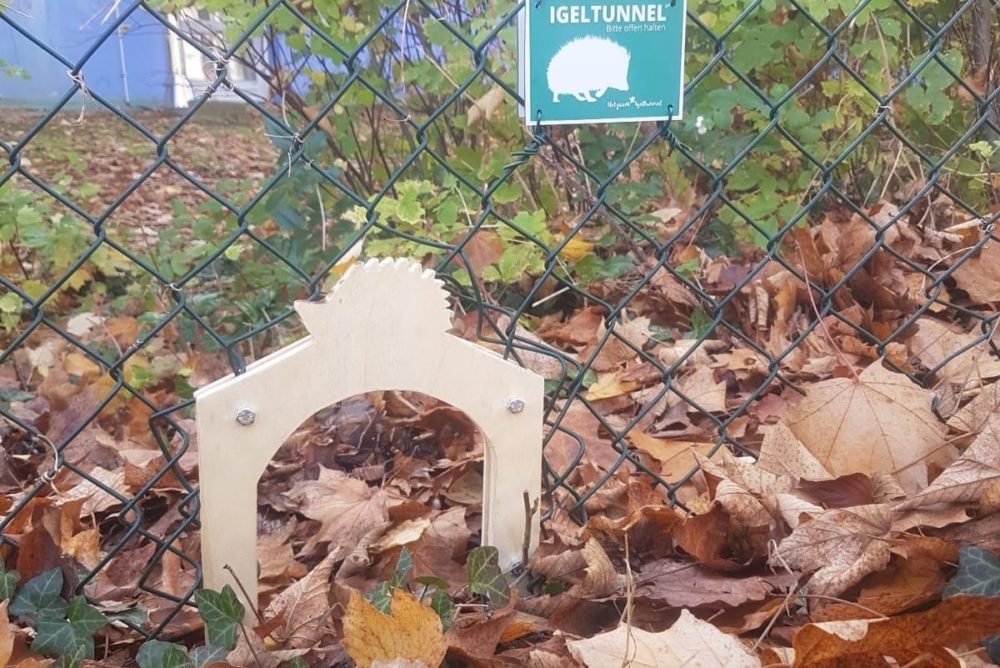
Learn More: Blooming Campus Initiative
2024 Best Practices Report Award Winners
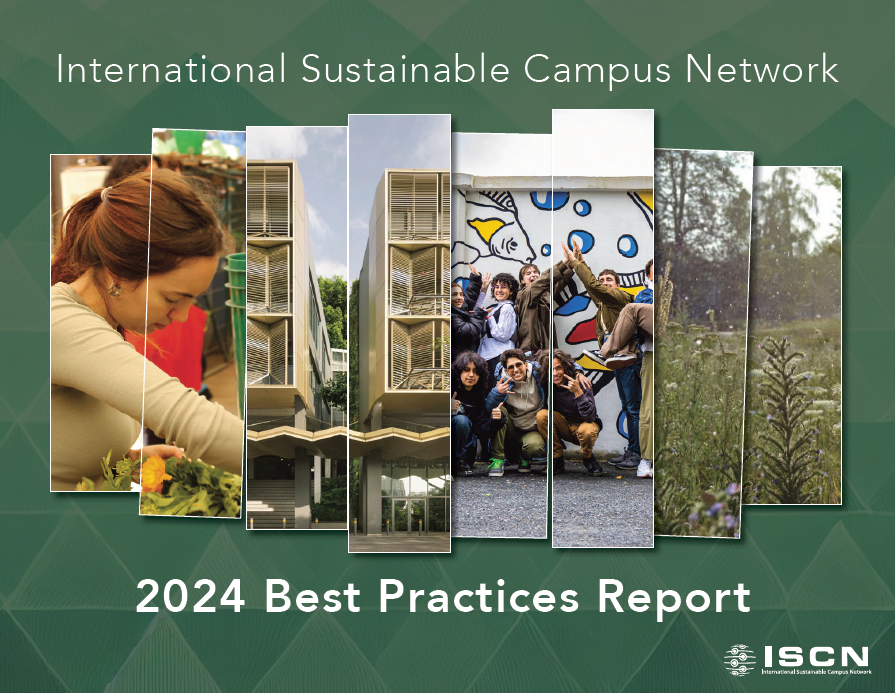
The quality of the 2024 Best Practices Report submissions was notable, so an international jury was created to decide on three award winners and three honourable mentions as a special ISCN award category this year.
Our sincere thanks go to our jury.
- Katie Mee (The University of Melbourne)
- Nicole Rosow (IE University)
- Davis Bookhart (Northeastern University)
Award Winners
The Hong Kong University of Science and Technology
Campus Trees to Reduce Embodied Carbon in New Construction
Massachusetts Institute of Technology
Crowdsourcing Building Porosity Data Collection to Support Flood Mapping and Resiliency Planning
Universidade Estadual de Campinas
Ecological Corridors at the University of Campinas
Honourable Mentions
The University of Edinburgh
Creating Woodland for Everyone: The University of Edinburgh’s Journey in Land Management
King Abdullah University of Science and Technology
Empowering Scientific Literacy for Sustainability: A Collaborative Model Between Universities, School, NGOs, and IGOs
McGill University
McGill Biodiversity Plan 2030
Discover more inspiring initiatives and innovative projects featured in the 2024 ISCN Best Practices Report!
Download Report (16MB PDF)
